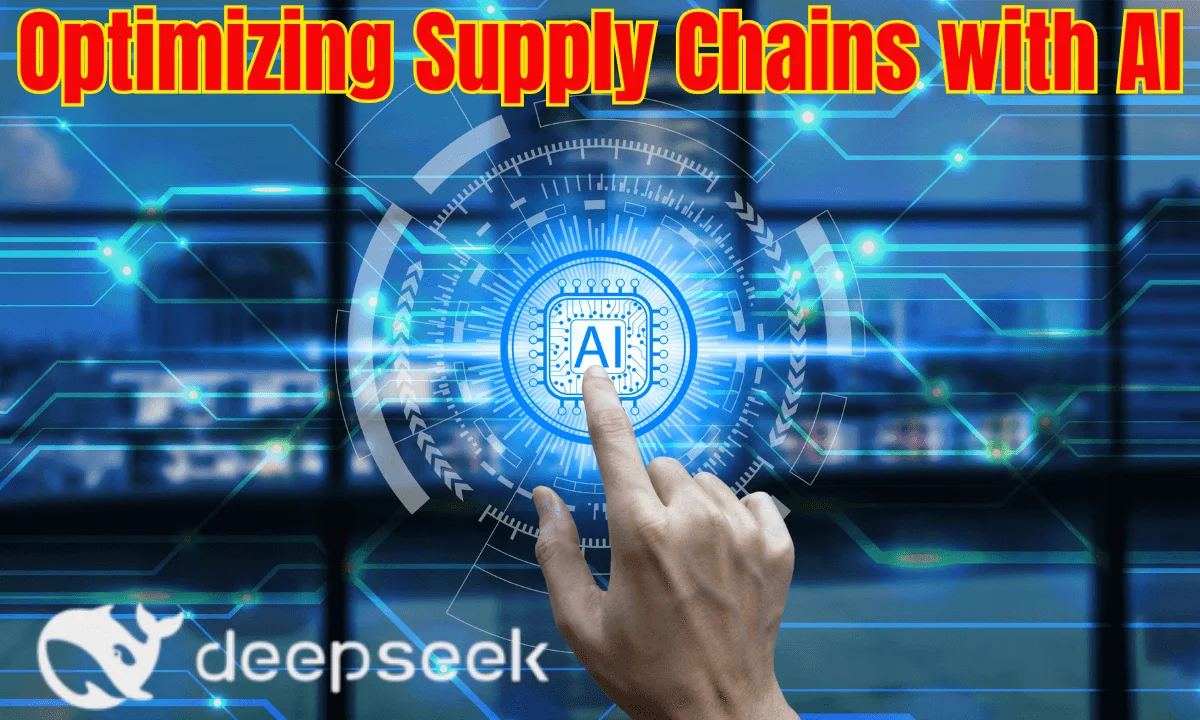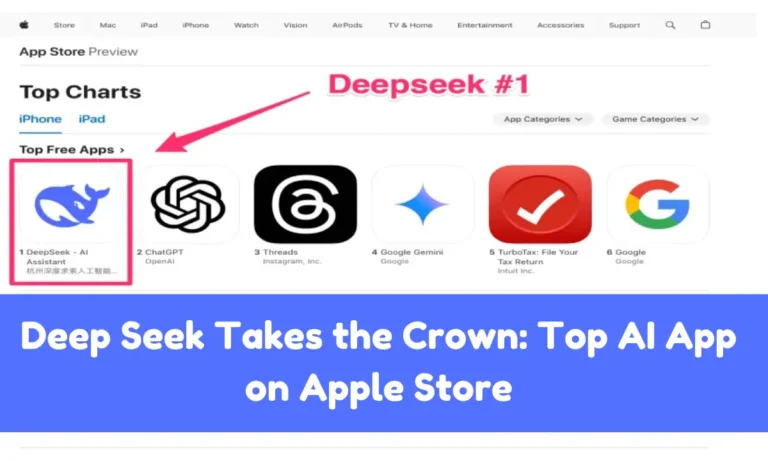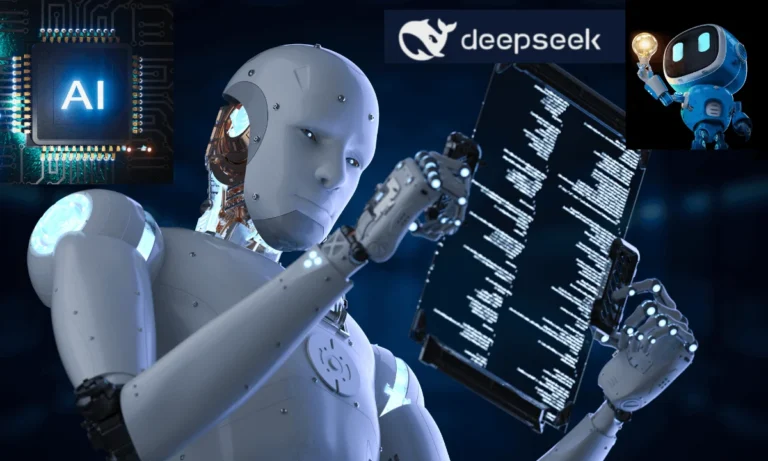Optimizing Supply Chains with AI: A Step-by-Step Guide
Introduction
In today’s fast-paced global economy, supply chain operations are under increasing pressure to deliver goods faster, more efficiently, and with greater transparency. Artificial Intelligence (AI) is transforming supply chain management by introducing automation, real-time decision-making, and predictive analytics. This step-by-step guide will walk you through how businesses can successfully optimize their supply chain AI processes to achieve operational excellence and a competitive edge.
Step 1: Understand the Role of AI in Supply Chains
Before implementing AI, it’s vital to grasp how AI contributes to the supply chain ecosystem. AI technologies such as machine learning, natural language processing, and predictive analytics help businesses forecast demand, manage inventory, automate procurement, and optimize routes.
Key benefits of AI in supply chain include:
- Accurate demand forecasting
- Real-time visibility
- Improved warehouse operations
- Route optimization
- Enhanced supplier relationship management
Companies like Amazon and Walmart are already leveraging AI to reduce delivery times and improve inventory turnover, setting new standards for operational efficiency.
Step 2: Conduct a Supply Chain Audit
The first tactical step is to evaluate your existing supply chain infrastructure:
- Identify pain points such as delays, excess inventory, or poor forecasting.
- Map out current workflows from sourcing to delivery.
- Collect data from logistics, procurement, inventory, and customer service systems.
This audit reveals where AI can provide the most value, helping you set realistic goals and allocate resources efficiently.
Step 3: Define Clear AI Goals
Based on your audit, establish specific objectives for your AI implementation:
- Do you want to reduce delivery times by 20%?
- Improve forecasting accuracy by 30%?
- Automate 50% of warehouse operations?
These measurable goals will guide the selection and deployment of the appropriate AI tools.
Example AI goals include:
- Inventory Optimization – Use AI to balance stock levels and reduce carrying costs.
- Predictive Maintenance – Apply AI to forecast machine failures and minimize downtime.
- Smart Logistics – Implement AI for route planning and fleet management.
Step 4: Choose the Right AI Tools and Technologies
Selecting the appropriate AI solutions is critical. Based on your goals, consider these popular AI technologies:
| Tool | Use Case |
|---|---|
| Machine Learning | Demand forecasting, inventory planning |
| Computer Vision | Warehouse automation, damage detection |
| Natural Language Processing (NLP) | Chatbots for supplier and customer interaction |
| Robotic Process Automation (RPA) | Invoice processing, data entry |
| IoT with AI | Real-time asset tracking, predictive maintenance |
Vendors like IBM Watson, Oracle AI, and SAP Leonardo offer AI-powered supply chain solutions tailored for enterprises.
Step 5: Collect and Clean Supply Chain Data
AI systems rely heavily on large volumes of high-quality data. Begin by integrating data from all nodes of your supply chain:
- Procurement systems
- ERP and CRM tools
- Transportation Management Systems (TMS)
- Inventory management software
Clean your data to remove inconsistencies, duplicate entries, and outdated records. Use AI-friendly formats such as JSON or structured SQL databases for storage and modeling.
Step 6: Start with a Pilot Program
Don’t implement AI across your entire supply chain all at once. Instead, launch a pilot program in one function—such as demand forecasting or route planning—and observe results.
Benefits of starting small:
- Minimize risk
- Test AI model accuracy
- Gain executive and team buy-in
- Adjust strategies based on real-world performance
Once the pilot shows measurable success, scale the solution across other areas of the supply chain.
Step 7: Train Staff and Foster a Data-Driven Culture
AI is only as effective as the people who use it. Train your staff to work with AI platforms, interpret data-driven insights, and adapt to automated workflows.
Key training areas include:
- AI basics and benefits
- Data literacy and dashboard use
- Interpretation of predictive insights
- Collaboration with digital systems
Fostering a data-driven culture will ensure employees embrace change and contribute to long-term AI success.
Step 8: Monitor, Analyze, and Optimize Continuously
AI in supply chain is not a one-time deployment. Ongoing monitoring and continuous improvement are essential:
- Regularly evaluate AI model accuracy and performance
- Fine-tune algorithms based on new data
- Revisit KPIs and performance metrics
- Upgrade technologies as needed
Use dashboards and analytics tools to gain real-time visibility into AI-generated decisions. Tools like Power BI, Tableau, or native AI dashboards can help managers make faster, smarter choices.
Step 9: Ensure Data Security and Compliance
As AI systems handle sensitive information like customer data, delivery routes, and supplier contracts, robust data protection is crucial.
Best practices for data security:
- End-to-end encryption
- Role-based access controls
- Compliance with local and international regulations (e.g., GDPR, HIPAA)
- Regular security audits and vulnerability assessments
AI optimization must always prioritize privacy and ethical data handling.
Step 10: Scale Up and Integrate Across the Ecosystem
After successful deployment and validation, integrate AI systems with other areas of the business:
- Synchronize with marketing and sales for demand alignment
- Integrate with finance for automated budget tracking
- Link with customer service to improve post-delivery support
By scaling AI across departments, businesses can realize full end-to-end supply chain optimization, unlocking transformative results.
Conclusion
Incorporating AI into your supply chain is no longer optional—it’s essential for staying competitive. By following a step-by-step approach—from auditing your current system to scaling AI solutions—you can improve forecasting, reduce costs, streamline operations, and boost customer satisfaction.
Supply chain AI is not just a trend; it’s the foundation for the future of logistics and operations. Start small, think big, and grow smart with AI-driven supply chain transformation.







